2015-12-12
从“自我”到“无我”的思想创作修炼
友人: 黄予、杨勇/文 陈承卫作为一位与佛有缘的青年具象绘画“修行者”,一方面进行着“自我修行”,另一方面在不断思索自己艺术创作的命题。通过《大民国》这一时代主题,不断结合自己的修行和环境去加以诠释,在生活中去探索,在探索中去感悟契合,并跟随这一主题创造出属于自己的艺术语言。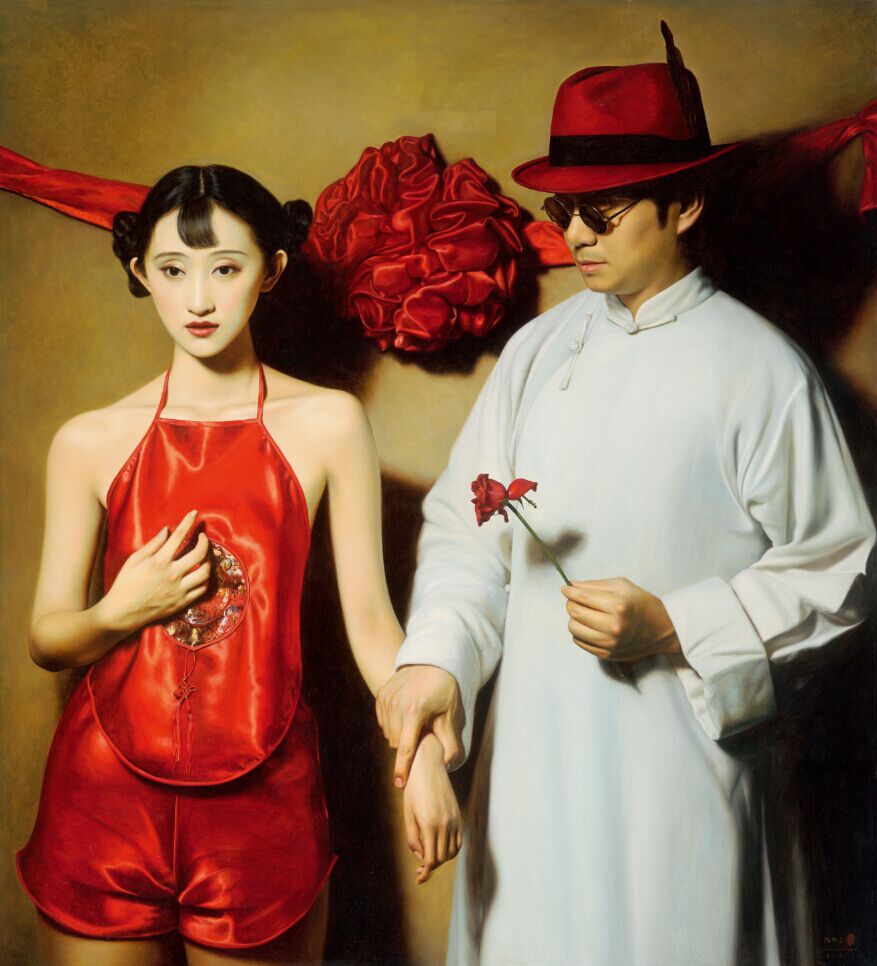

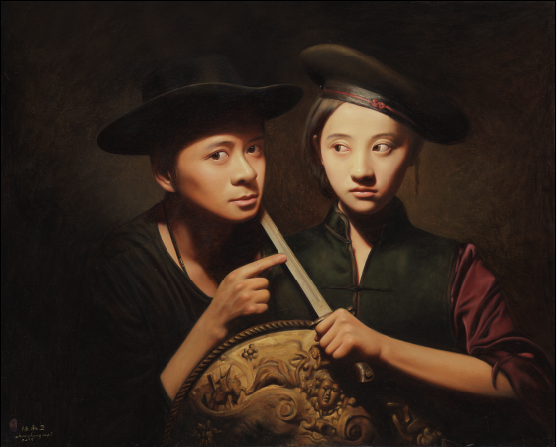
Psychology Creation and Cultivation from "Ego" to "No Ego"
Friends: Huang Yu, Yang Yong
As a youth figurative painting "practitioner" sharing an affinity with Buddha, Chen Chengwei takes up the "self-training", and meanwhile continuously ponders his own propositions of artistic creation. By the theme of times of The Great Republic of China, Chen Chengwei continuously combines his self-training with environment to make an interpretation, makes an exploration in life, feels inspiration and finds correspondence in exploration, and creates his own artistic language by following this theme.
The Great Republic of China reflects Chen Chengwei’s special culture complex towards the Republic of China, and has the pessimism of Thomas Hardy and the gloomy temperament of Xu Zhimo. Because the short and turbulent historical period is a great era of ideological trend, a period of meandering hard years, as well as a humanistic feeling weighed down with sorrows, The Great Republic of China has a kind of inherently light exquisite feelings and external spirit character under the influence of different cultural thoughts among the Chinese and western, old and new systems.
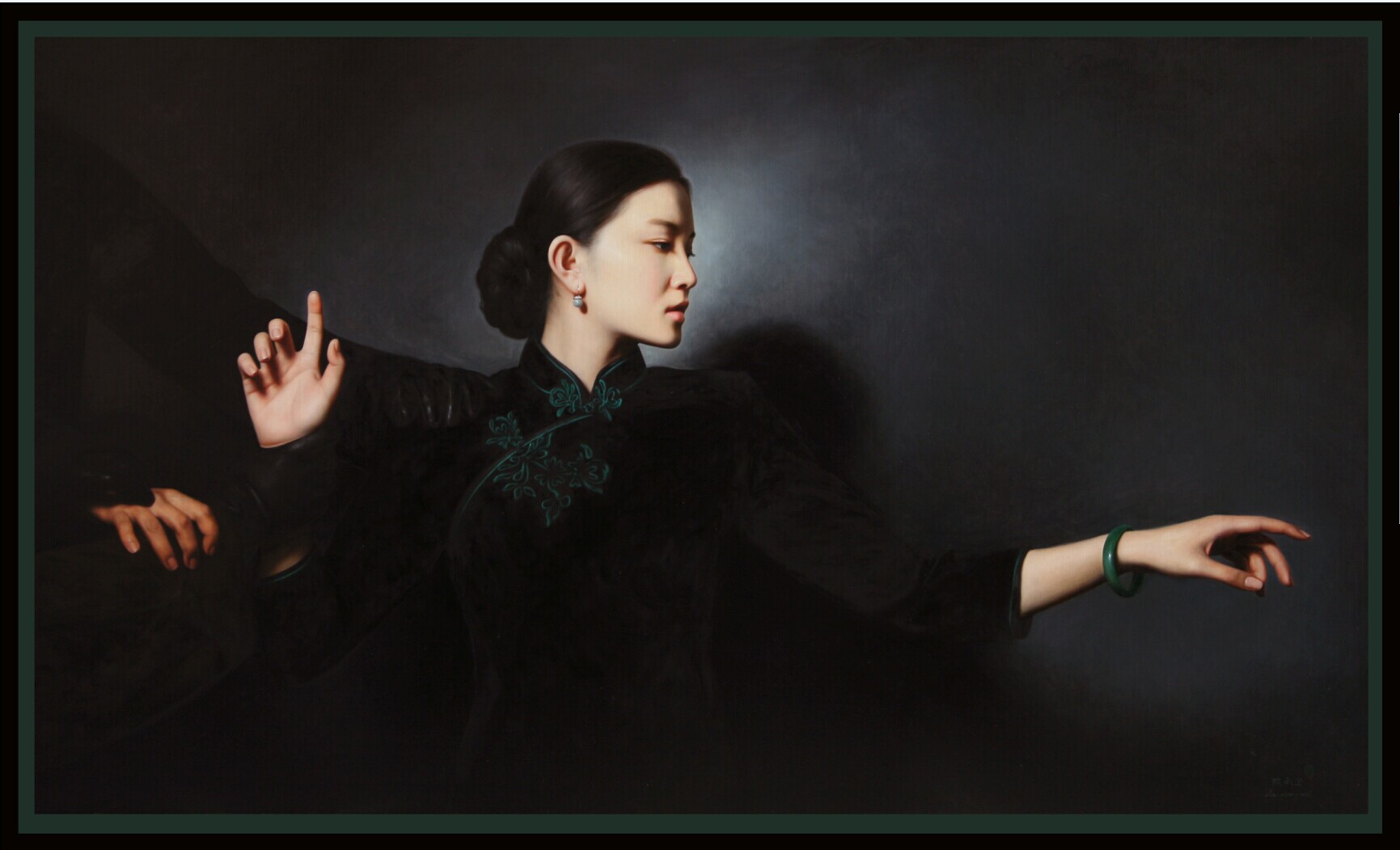
His "style of Republic of China" shows a kind of interpretation of "ego" in the environment of great times, reflects the collision between new and old ideas by historical crossing, and consequently produces "dramatic" conflicts in contents, expressing the artist's some subjective criticism on real life. The creation consists of a variety of factors such as his personal feelings, life, and environment. As the subject of artistic creation, he focuses on observing and experiencing real life, pays attention to the mind state and inner world of people, and endues the works with a strong sense of self-awareness and rich emotion through the activities of spiritual and artistic creation, as well as the self-processing and re-creation.
At the same time, he integrates the abstract thought cultivation with conceptual creation process organically, combines his own conception with characters and space in consciousness together to form aesthetic images, and utilizes the different character postures to mold different esthetic feelings, so as to reveal the period of Republic of China through idealized "transformation". The Great Republic of China undergoes a complex and long creation process, witnesses the artist's different stages and practices, and has a more profound thought connotation following the artist's update understanding of essence and universality of environment.
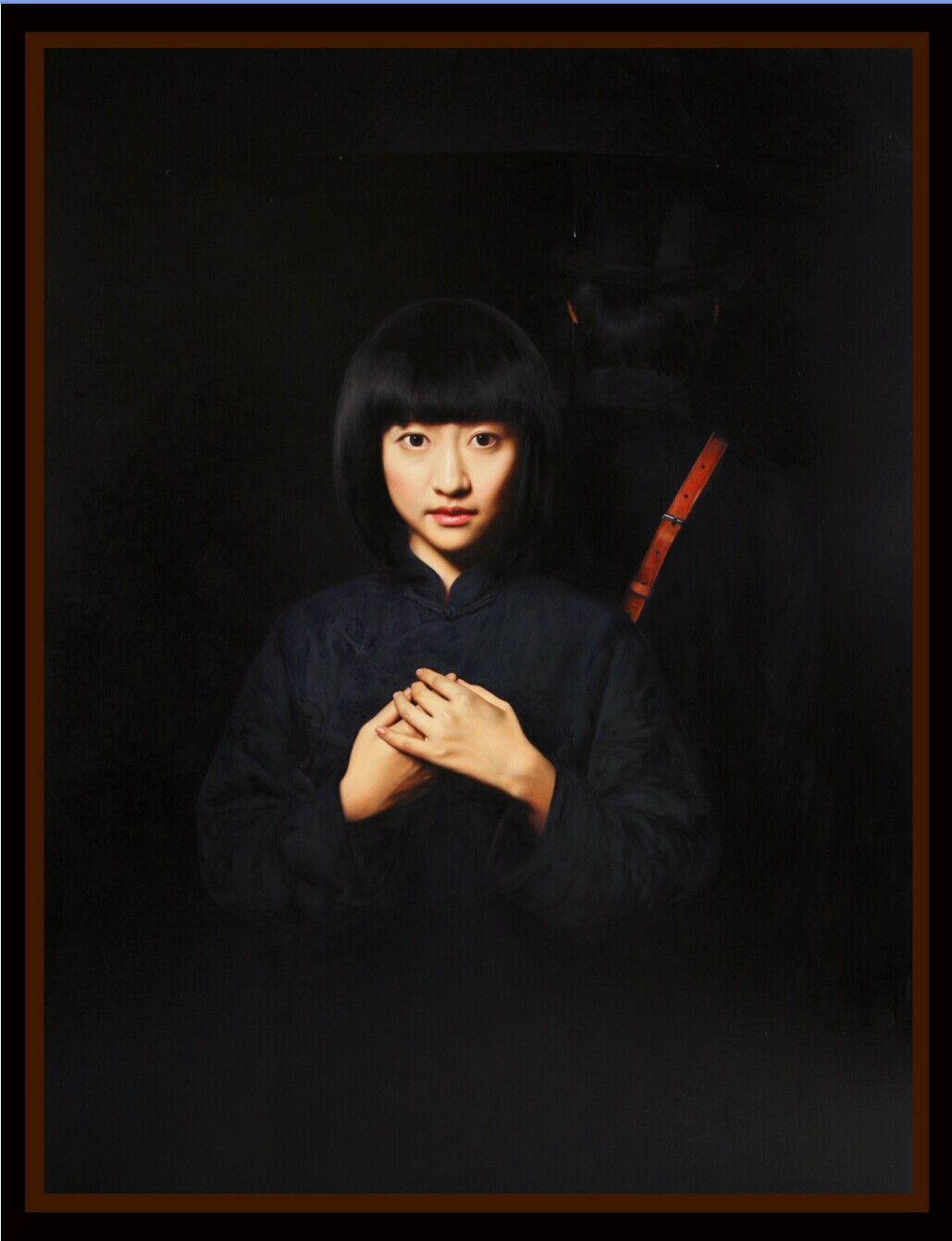
The cultivation method of the Buddhism is a kind of thinking cultivation, and the training of the Buddhism is realized by thinking. For this reason, he keeps himself away from the noisy and vanity of metropolis, and goes around the world to study and appreciate the outstanding works of the western masters, so as to keep himself calm down in independent thinking as much as possible. Along with the deepening understanding of art, he tries to put himself in a kind of ideological level of "absorption in meditation" so as to ponder the artistic creation and comprehend the thought commonness of "no ego" in the cultivation of artistic thinking. "Every phenomenon is impermanent; nothing is unrelated to suffering; no self can be found in anything; nirvana is the ultimate happiness." shows the cultivation direction of practitioner. As for a young art "practitioner", he needs to continuously explore the true essence of thought in artistic creation and think the "ego" theme therein.
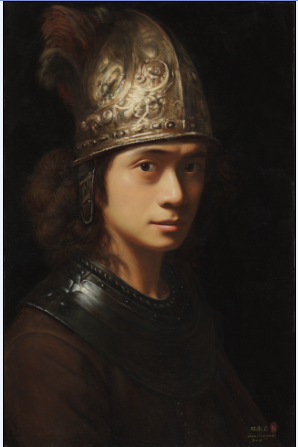







发表评论 评论 (1 个评论)